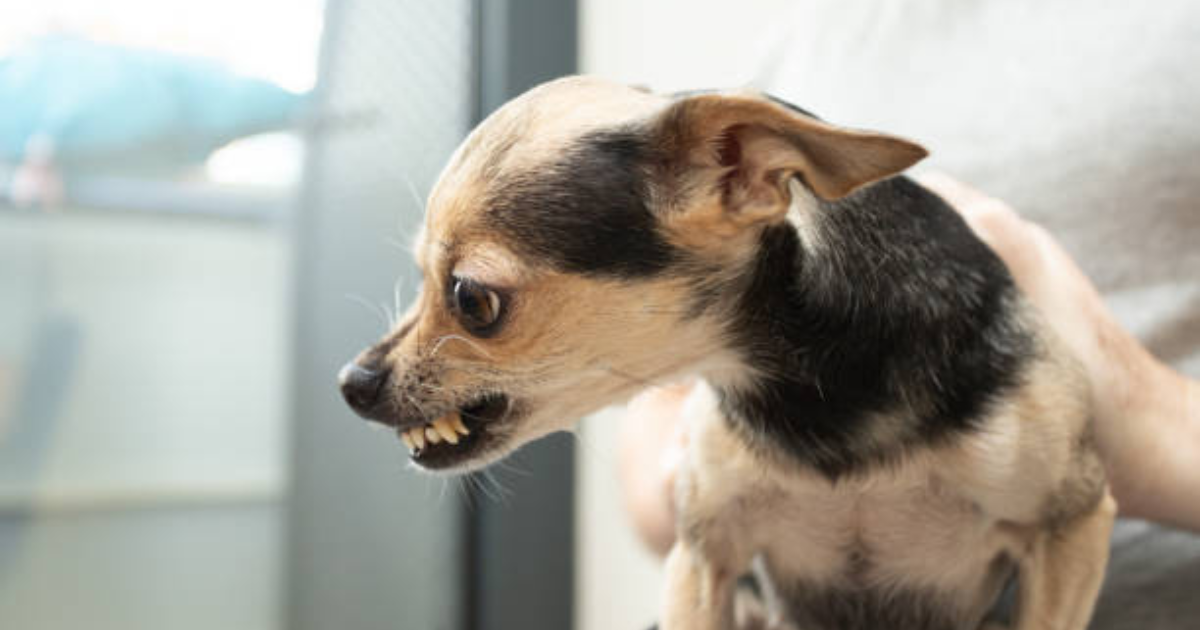Did you just adopt a rescue chihuahua? Firstly, congrats on your new baby! You’re lucky to have such a special dog.
You may want to know if you should crate-train your rescue chihuahua to help him get used to his new home. Should rescue chihuahuas be taught to live in a crate? Does it matter what age they are? How can you help a chihuahua you rescued like his crate? Let’s dive deeper.
Pros and cons of crate training for rescue chihuahuas
There are both pros and cons to crate training a rescue chihuahua. The best choice will depend on your family, your dog, and the way you live. Let’s look at how to make the right choice in more depth.
When not to crate train your rescue chihuahua
Crate training will probably not work right away if your rescue chihuahua is one of the following. You should prepare yourself to work on it for a long time or find another way for your dog to be alone:
- Adult chihuahuas who used to hate their crates. Because some rescue chihuahuas have Been crated all day in their previous family home and have a strong nervousness against the crate now.
- Chihuahuas who suffer from separation anxiety
- Chihuahuas who are over 7 years old. Who already showing signs of doggy dementia.
When to crate train your rescue chihuahua
Crates are a safe place for your chihuahua to stay when you can’t watch him. This is especially helpful when:
- Your rescue chihuahua is a puppy
- Chihuahuas who have chewing issues.
- Chihuahuas that are hard to housebreak
- Chihuahuas who used to live in a home with young children
If this is the case with your rescue chihuahua, crate training will be very helpful.
you have to know about your rescue chihuahua’s history
Try to figure out as much as you can about your rescue chihuahua’s past life.
If the chihuahua was a stray dog, who was found and brought to the shelter. You might not know much about him. But if his previous owners gave him up, they might have told the shelter a little bit about him. Pay particular attention to any kind of crate abuse they can tell you about. Sad to say, many dog owners use the crate to keep the dog in one place for over 8 hours a day.
When a chihuahua has been in a crate for such a long time, it might not be easy to crate-train them in his new home. This is because their past experience has been so bad that just seeing the crate probably makes your dog feel very stressed.
Some rescue chihuahuas are very exhausted because of all the pressure and changes in their lives. If this is the situation, you should wait until your chihuahua’s sleeping schedule gets back to normal before you start crate training.
Crate train your rescue chihuahua based on how old he is and how he behaves
In general, crates are much more helpful for young dogs and dogs that are very destructive. There’s nothing “marvelous” about putting your chihuahua in a crate that will fix behavioral issues such as reactivity or train your dog for you automatically.
Crates are a type of management first and foremost. This will be especially helpful for young chihuahuas that get into trouble and for chihuahuas that are bad. For this type, make sure to buy an indestructible dog crate.
If your rescue chihuahua has a strong desire to destroy items which is probably why he was given up to the shelter in the first place. Crating him can help keep him and your things safe.
If you just got a new chihuahua puppy, you can also use crate training to help with potty training. Because dogs often soil small spaces like their crate. Having your chihuahua sleep in a crate will be very helpful, especially at night, so that he doesn’t have to get accidents all over your house while you are sleeping.
Senior Chihuahuas
Did you get a senior chihuahua? If so – thank you. They often stay in shelters for a long time without being looked at because there are so many attractive young dogs and puppies there. If your senior chihuahua has never tested a crate during his life, maybe you should not start now. This is certainly relevant if he is starting to show signs of dementia. At a certain stage in life, senior chihuahuas can easily forget where they are and become very nervous.
If your chihuahua finds himself in a crate he has never been in before, he will certainly get scared and try to get out, hurting himself in the process.
If you need to keep a senior rescue chihuahua in a small space( because of an emergency, work, etc), you can choose a tiny room with a tile floor instead. bathrooms or hallways work great for that.
Procedure to crate training your rescue chihuahua
Here is a step-by-step guide on how to crate train your newly rescued chihuahua dog :
Pick the right kennel
Think about the chihuahua when you choose the crate. A chihuahua, who tends to chew items, necessitates a solid crate.
For small dogs like chihuahuas, you can use a crate that is lighter. The crate should, of course, be big enough for the dog to lie down and stand up easily.
Began When the dog is fatigued
Many owners fail at crate training right away because they start with a dog that is wide awake and “ready to roll.” When your chihuahua is tired and ready to sleep, you should always start to put him in his crate. This could happen, for instance, after a long walk in the park or a workout.
Don’t try to put a chihuahua in a crate right after he wakes up. You’ll only make things hard for yourself and your dog.
Find a chew that your chihuahua likes
Try bully sticks, frozen Kongs, yak milk chews, and other things. You want your chihuahua to think that being in his crate is a good thing and that the chew is tasty. It is much better for your dog to be in his crate and eat something than to just sit there and not be able to get out.
The more your chihuahua loves his chew, the easier it will be for him to stay calm in his crate.
Progressively extend the time your chihuahua spends in the crate
You should gradually lengthen the amount of time your rescue chihuahua stays in the crate. Don’t go from 10 minutes to 4 or 6 hours all at once, or your dog will get scared and nervous. He should always think of the crate as a place to rest.
Don’t ever use the crate to punish your chihuahua.
Never use the crate to punish your rescue chihuahua or any other dog. If you want your chihuahua to think of the crate in a good way, you can’t use it to punish him. Make sure it’s always a nice, comfortable place that your dog likes to be.
Last word
Getting your new rescue chihuahua familiar with a crate is helpful. Using a crate will give your dog a safe place to stay, especially if you got him as a puppy or if he is a bad dog.
If you got a chihuahua from a home where he was mistreated and crated for too long, you shouldn’t crate him right away in your home. He will have made so many bad connections that it will be hard for him to feel at home in his new place. The same is true for senior chihuahuas with dementia, crate training isn’t always the best thing for them. If your rescue chihuahua feels fear and anxiety in the crate, you might want to use something else, like a mud room or laundry room, to keep him in one area.
If you opt to start crate training your rescue chihuahua, be sure you use the same routine each time. The fastest way for dogs to get familiar with crates is to put them in them for short amounts of time several times a day. Slowly add to the total time for crating.
YOU MAY ALSO LIKE:
Can I put my chihuahua in a crate for more than 8 hours?
Can Crate Training Cause Diarrhea In Chihuahuas?
Chihuahua Crate Training In A Weekend
Everything You Ever Wanted to Know About How to Crate Train an Adult Chihuahua
Advertisement
















